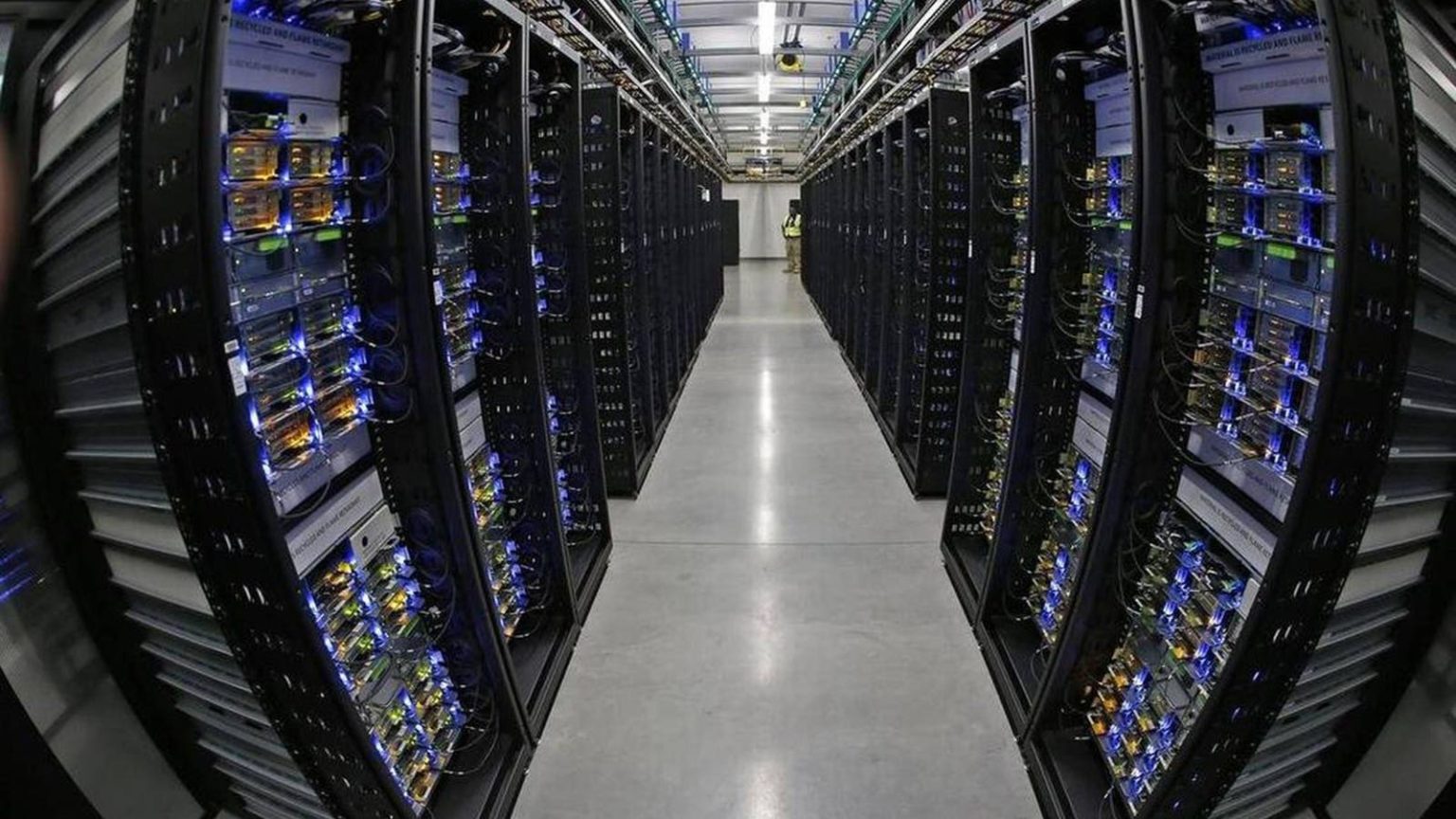AIpowerhouses such as Google and OpenAI are heavily investing in platforms that can generate various forms of content, such as business communications, legal documents, jokes, and artwork. While these platforms can be efficient and entertaining, they come with a significant environmental cost. The specialized processors used to power these AI-driven platforms require vast amounts of electricity and water, with estimates suggesting that AI queries may use up to 10 times more electricity than standard Google searches. The environmental impact of these technologies, including their carbon emissions, raises concerns about sustainability and the need for greater transparency from AI developers.
Elon Musk’s climate manifesto from 2006, which outlined Tesla’s mission to promote electric vehicles and solar power as solutions to combat climate change, has recently disappeared from the company’s blog. This manifesto, known as the “Secret Master Plan,” underscored Musk’s belief in transitioning away from a hydrocarbon economy towards a solar electric economy. However, Musk’s recent comments on climate change and oil and gas industries have strayed from his earlier environmental stance, raising questions about his evolving perspective on sustainability. The disappearance of the manifesto and Musk’s shifting views on climate change highlight the complexities of promoting green technologies in a rapidly changing landscape.
Accelera, the cleantech arm of Cummins, is exploring the potential of hybridizing heavy-duty trucks as a strategy to address greenhouse gas emissions in the transportation sector. While battery and hydrogen trucks present infrastructure challenges, hybrid trucks could offer a more immediate solution to improving fuel economy and reducing CO2 emissions. By incorporating electrification components like eAxles into hybrid configurations, companies like Cummins aim to accelerate the adoption of electric technologies in commercial fleets. The move towards hybrid trucks could provide a cost-effective approach to electrification while infrastructure for fully electric vehicles continues to develop.
The introduction of hybrids in the heavy-duty truck market represents a step towards reducing emissions and increasing fuel efficiency in the transportation sector. The recent EPA ruling acknowledging the greenhouse gas benefits of hybrids underscores the potential of these technologies to make a significant impact. By leveraging multifuel engines that can run on hydrogen, natural gas, or diesel, companies like Cummins are exploring flexible solutions for hybrid vehicles. The ongoing discussions around energy storage, engine sizing, and cost considerations highlight the complexity of designing efficient hybrid systems for commercial fleets. While the rollout of hybrid trucks may still be a couple of years away, these developments signal a shift towards greener transportation options.
In the broader context of sustainability, there are ongoing efforts to advance environmental initiatives across various industries. The Biden EPA’s rejection of the plastics industry’s recycled content labeling practices, Lego’s commitment to replacing oil in its bricks with renewable plastic, and the UN chief’s call for action to help Pacific Islands affected by climate change are all important developments in the fight for a more sustainable future. Additionally, innovations such as using AI technology to protect birds from wind turbines, exploring clean energy solutions for food production, and transitioning to renewable energy sources in the wake of nuclear plant closures highlight the diverse efforts being made to address environmental challenges.
As the world grapples with the urgent need for sustainable solutions, it is crucial for businesses and governments to prioritize environmental stewardship and invest in green technologies. Initiatives like a clean energy Marshall Plan, state incentives for renewable energy projects, and waste-to-energy projects demonstrate the growing momentum towards a more sustainable economy. By embracing innovative solutions, promoting transparency in energy consumption, and collaborating on global environmental challenges, stakeholders can work towards a more resilient and environmentally conscious future.


